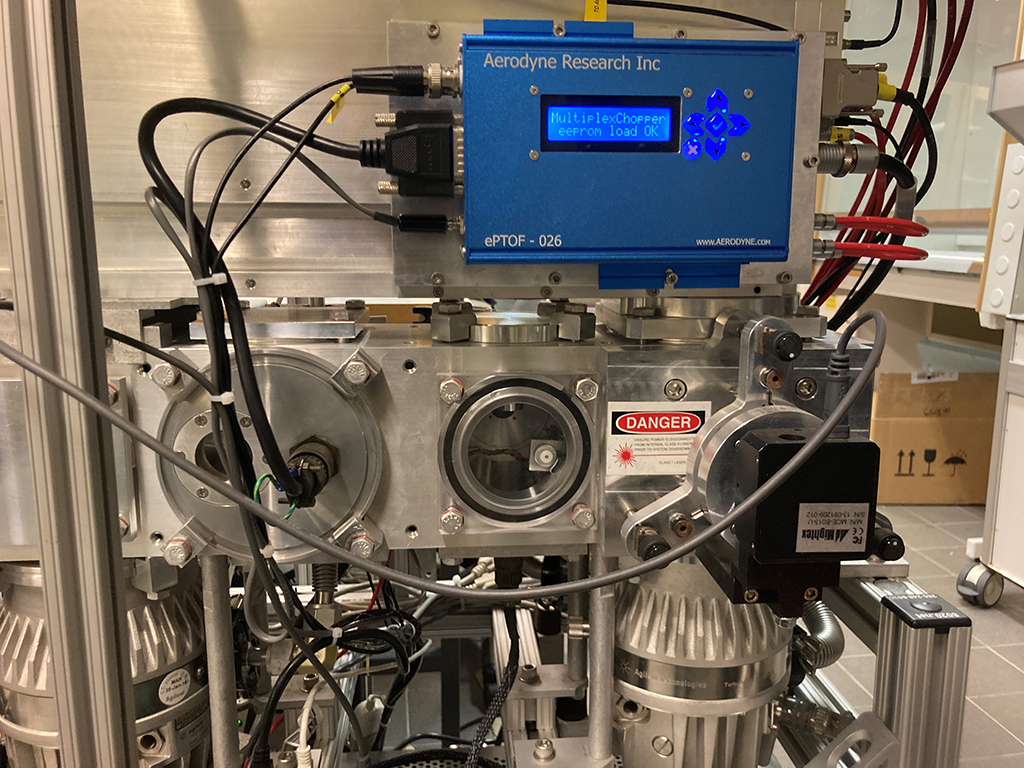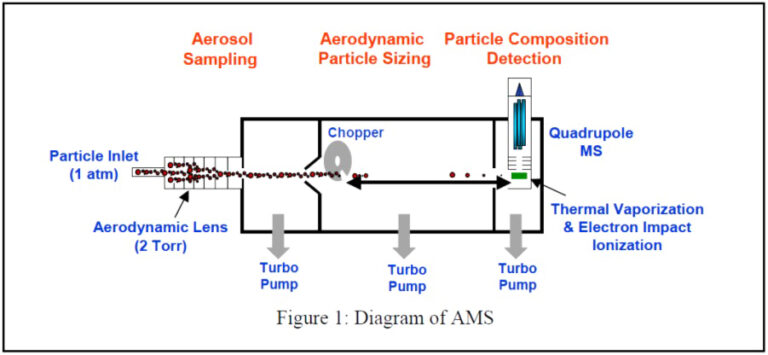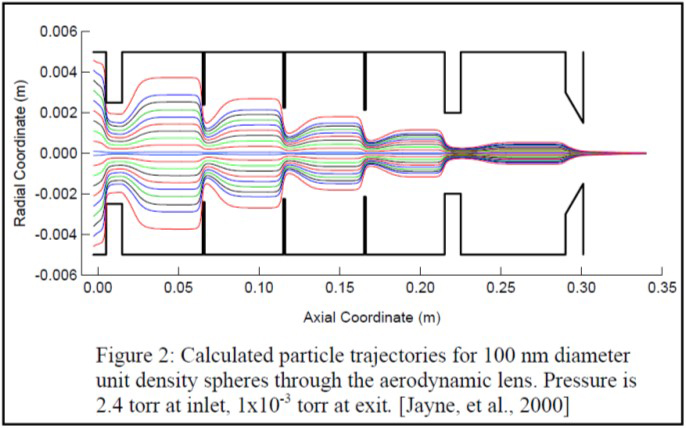AMS – Aerosol Mass Spectrometer
AMS – Aerosol Mass Spectrometry
The Aerosol Mass Spectrometer (AMS) combines size-resolved particle selection with mass spectrometry for components of submicron aerosol particles. An advantage with the technique is that the measurements are performed in real-time, with high time resolution. Examples of applications of the AMS technique,
- Detection and analysis of submicron foreign particles emitted from medical devices
- Assessment of particle composition changes over time. Important if a device has moving parts
- Analysis of chemical composition of aerosol particles vs the particle size from inhalers and nebulizers
- Characterizing ambient aerosols for environmental monitoring
AMS is an advanced measuring technique, which demands experienced personnel to run measurements, analyze and interpret the results. Emmace collaborates with leading experts on AMS analysis, to give you the best conditions to succeed with your measurement plans. The measurements are performed at Lund University, which is within walking distance from Emmace laboratory.

The instrument has three functional main parts, the aerosol sampling chamber, the particle sizing chamber, and the particle detection chamber.
First, the aerosol particles are sampled into the AMS inlet. The particles then pass through an aerodynamic focusing lens system that focuses the particle beam.
In the second part of the AMS the particle beam enters the particle sizing chamber where the particles are accelerated due to a large pressure difference between the sampling chamber and the sizing chamber. Particles with a smaller aerodynamic size will experience a higher acceleration than particles with a larger aerodynamic size, so that particles of different sizes are given different velocities. The velocity of each particle is inversely related to its aerodynamic diameter, which means that the particles spread out when travelling through the sizing chamber. When the particles are detected, their travel time is determined, and the aerodynamic diameter can be calculated. The particles are detected by means of flash-vaporization followed by time of flight-mass spectrometry. The result is quantitative, time and size resolved particle composition measurements in near real-time.

Figure 1. Diagram of AMS. Diagram from Aerodyne AMS manual.

Figure 2. Example of aerodynamic lens. Image from Aerodyne AMS manual.

